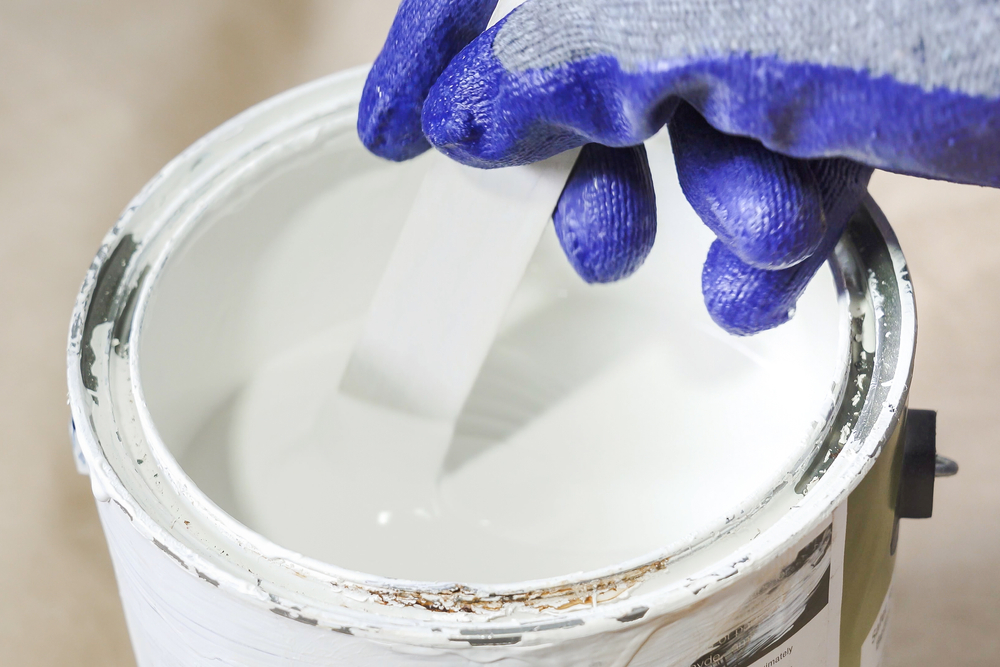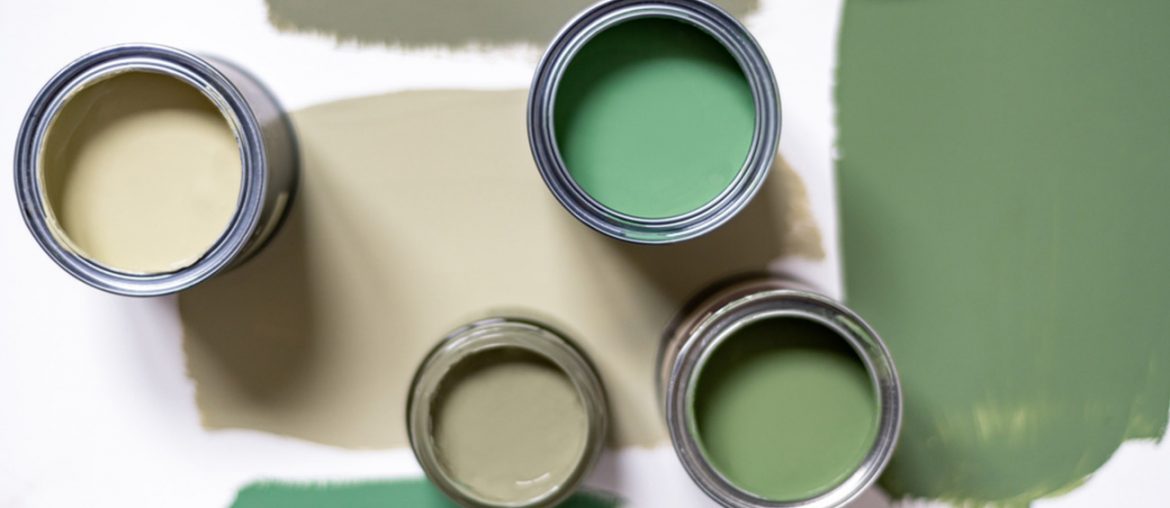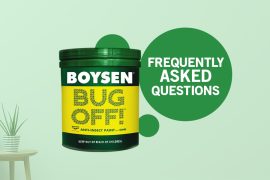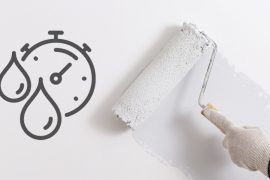Storing leftover paint for use another day is a wise move. You avoid wastage and get the most bang for your buck. There’s a catch though. You get to use it again provided that the container was properly sealed and stored, and your leftover paint does not exhibit signs that it’s no longer of good quality. We’ve already tackled proper storage, but how can you tell if paint has gone bad? Watch out for these:
1. Foul Smell
Recommendation: Do not use
One sure sign that your paint has gone bad is if it doesn’t smell like it used to when you first opened it. The smell might be foul, sour, or moldy. There could even be visible mildew growing on top. Either way, if it doesn’t smell right, you have no choice but to discard it.
You’ll find that if you still use the foul-smelling paint, the bad odor will not go away even if it’s already on your walls. Moreover, the consistency of the paint has likely changed as well and the finish will end up rough and the color inconsistent. Avoid wasting your time and energy by simply getting a new can of paint.
2. Settlement and Solid Particles
Recommendation: Mix and see if usable
Paint that’s been stored for a while may naturally settle. In particular, you may notice that the paint’s pigment has sunk to the bottom of the container. When this happens, give the container a good stir, making sure that what you use to mix is clean so as not to contaminate the paint.
After stirring, if the paint is smooth with a consistency that’s the same as when it was first opened, you can still use it. However, if solid particles remain after, your paint is no longer fit for application. Discard it and head to the store for a new can.
 3. Gelling
3. Gelling
Recommendation: Do not use
Gelling happens when, as in the name, paint thickens to a gel-like consistency. You’ll have difficulty applying it on a surface in this state. Your paint has gelled because it’s been contaminated by bacteria which caused the binder to degrade.But how did bacteria even get in your paint? Usually, it’s when dirty or contaminated tools are used to mix paint. Sometimes it’s also due to incompatible mixing of different paint types.
Whether you’re planning on storing paint for use later on or not, it’s always best practice to avoid contaminating your paint. When thinning water-based paint, for example, don’t use dirty water. Use a clean tool if you need to mix your paint. Wash paint brushes well if you’ve used them for a different paint product before.
4. Skinning
Recommendation: Remove skinning and see if usable
Skinning is when a thin film forms on top of paint in its container. The main culprits for this are improper sealing of opened canisters and unsuitable storage conditions, such as when the temperature where you stored it is too high.
One of the common examples of skinning is with alkyd-type paints, like Boysen Quick Drying Enamel. Prolonged exposure of this type of paint to air and moisture triggers the oxidation on the surface, forming the insoluble film.
For this, you may still be able to save your paint and use it. Provided, of course, it’s not accompanied by other problems. Before using, completely remove the solid film. Then, thoroughly mix the paint itself. Remember, if you’re storing paint, always properly seal your leftover cans and keep them away from direct sunlight and moisture.
5. Going Over Pot Life
Recommendation: Do not use
Two-component paints—which are products that come in two cans and have to be mixed before application—have a “pot life.” Pot life pertains to how long you can use the paint after it’s been mixed. For example, 5 hours is the pot life for Boysen Epoxy Primer and Boysen Epoxy Enamel. On the other hand, 8 hours is the pot life for Boysen Acqua Epoxy.
Once the paint is over its pot life, it will thicken or harden and no longer be fit for application. This is why, when using 2-component paints, it’s wiser to mix only what you need for the day. Return the lid of the remaining unmixed products as well. Two-component paints have a higher likelihood of reacting to water and moisture in the air. Having them out in the open can affect their quality.
Store your leftover paint properly. Keep your tools clean. And, when in doubt, consult a professional painter or the manufacturer of your paint product. The Boysen Technical Service Department can be reached through email at ask@myboysen.com or by calling (02) 8363-9738 local 413 to 418 during office hours.




